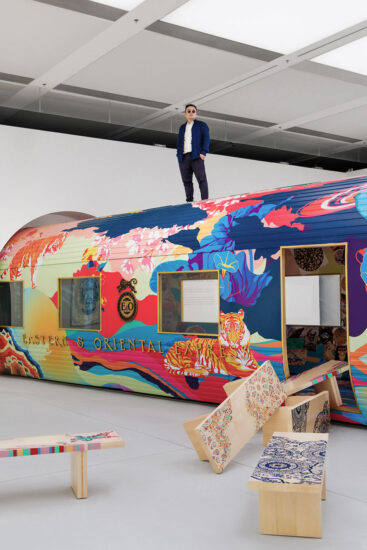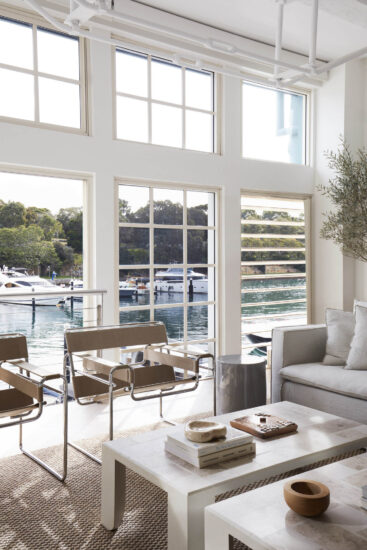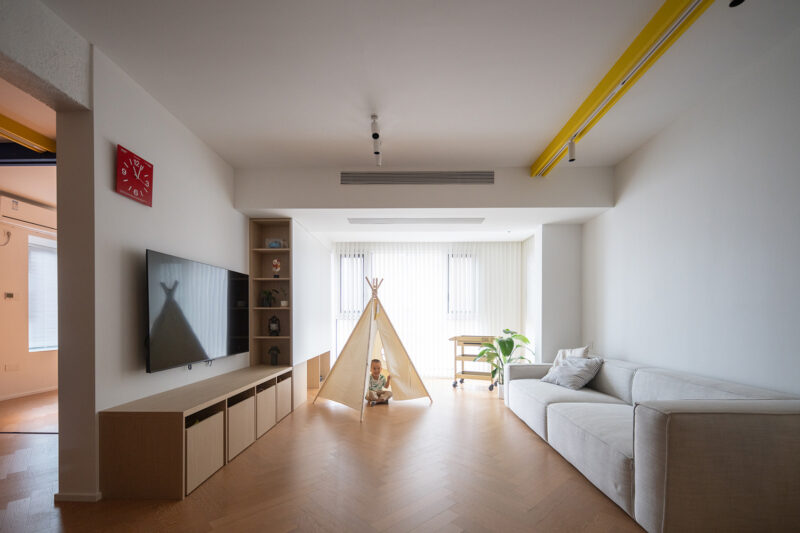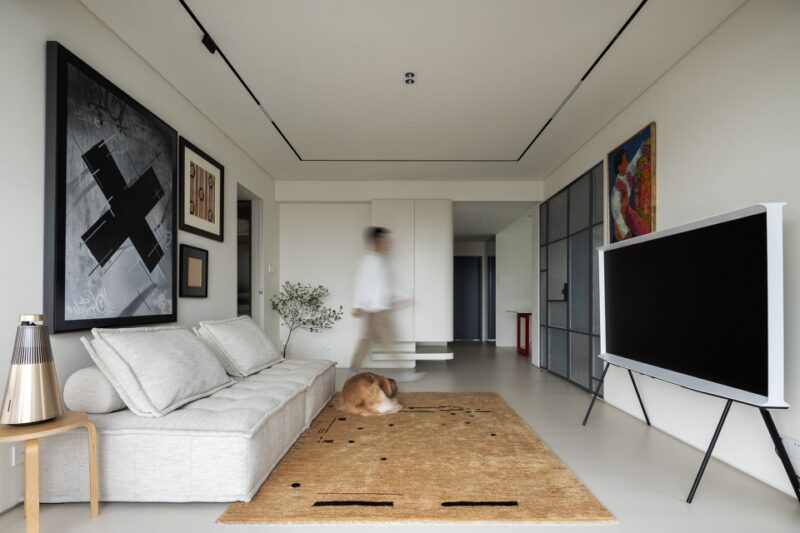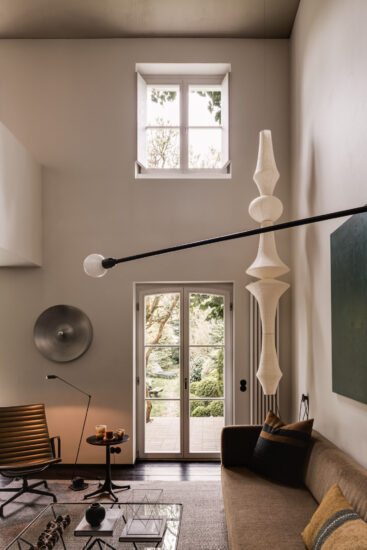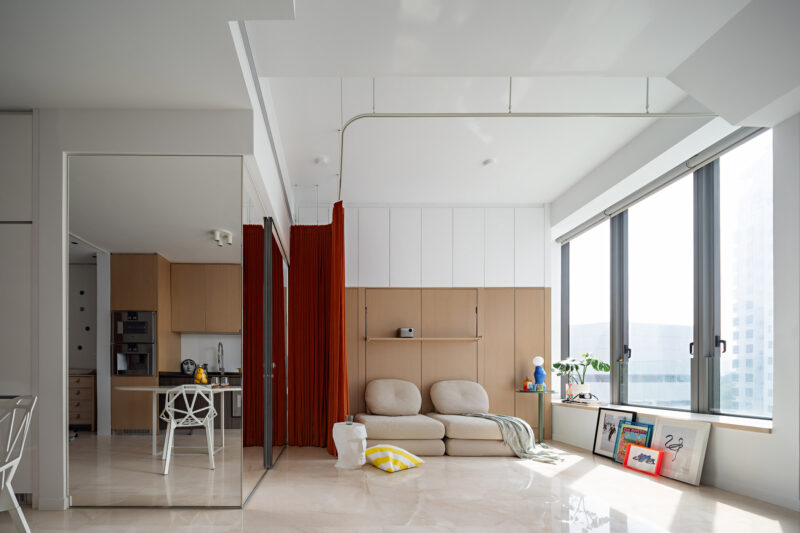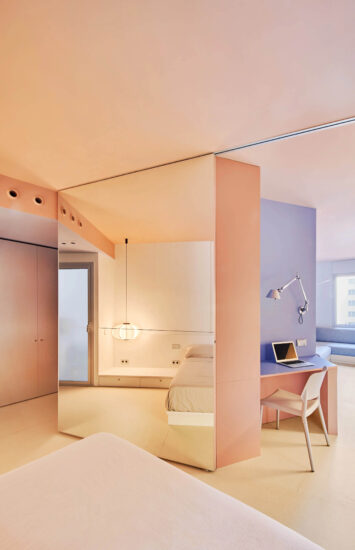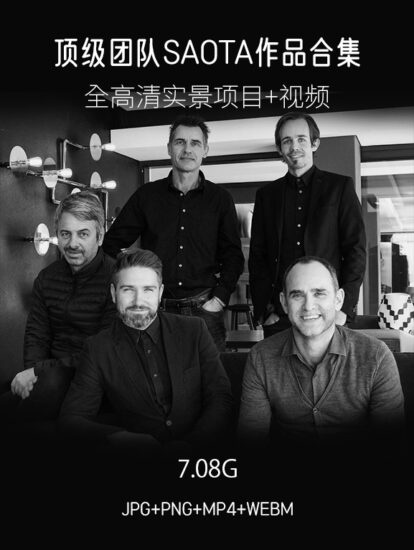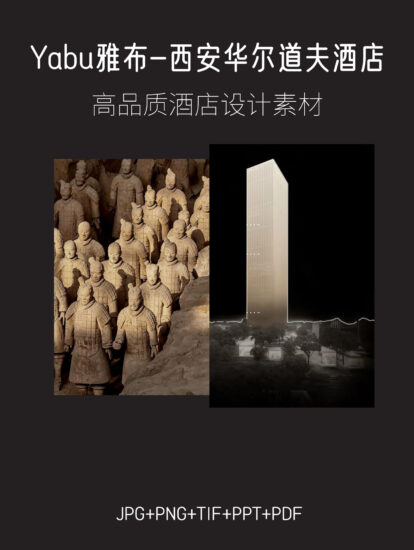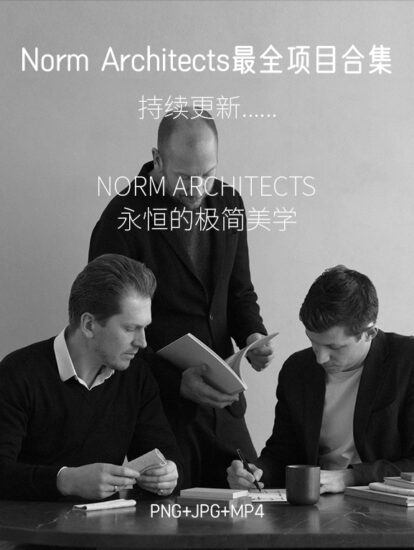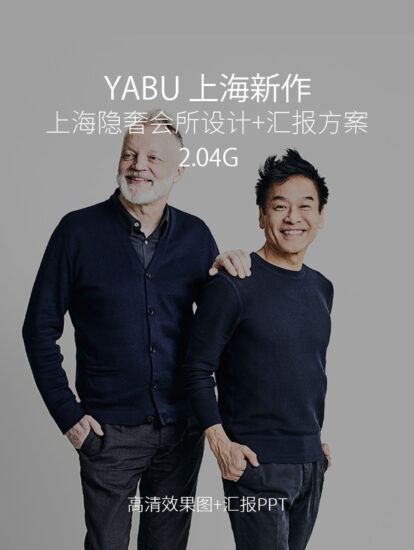源自共同的設計價值觀,東京本土設計工作室Keiji Ashizawa和哥本哈根的Norm Architects建築事務所的合作根植於對材料豐富和永恒吸引力的相互欣賞和熱愛,這在兩種設計傳統中都很明顯。
Emerged from shared design values, the collaboration between Tokyo-native design studio, Keiji Ashizawa and Copenhagen-based Norm Architects takes its root in mutual admiration and a love for material richness and timeless appeal evident in both design traditions.
東京Kinuta Terrace公寓樓建於20世紀80年代,共有36個單元,圍繞著一個鬱鬱蔥蔥的中央庭院布置,旨在給居民帶來花園住宅般的體驗。Keiji Ashizawa Design和Norm Architects合作改造了其中兩套公寓,盡管它們都靠近綠色花園,但仍感覺黑暗和封閉。
Constructed in the 1980s, the 36-unit Kinuta Terrace apartment block in Tokyo is arranged around a verdant central courtyard that’s meant to give residents the experience of living in a family home with a garden.Keiji Ashizawa Design and Norm Architects have collaborated to transform two of the apartments which, despite their proximity to green space, felt dark and closed off.
工作室想要創造一個“所有元素都盡可能緊密相連的環境”。
Together, the studio’s wanted to create “an environment where all elements are as closely connected as possible”.
“從大多數房間看出去,自然感覺融入了公寓,所以當你眺望庭院時,你不能完全確定自己身處東京這樣的大城市。”
“Nature feels integrated into the apartment from most rooms so that, when looking out into the courtyard, you can’t quite tell you’re in a city as immense as Tokyo.”
兩套公寓的內部布局經過重新配置,形成更少但更大的生活空間,自然光可以更自由地流動。
The internal layout of both apartments have been reconfigured to form fewer, but larger living spaces through which natural light can flow more freely.
整個牆壁都覆蓋著混凝土,而地板則鋪著橡木板。 木材還被用於在家中製作幾種固定裝置,比如廚房櫥櫃和公寓書房裏的高大的書架。
Walls throughout have been overlaid with concrete, while floors are clad with oak-wood boards. Timber has also been used to craft several fixtures in the homes like the kitchen cabinetry and tall, book-lined shelving units that appear in the apartments’ studies.
寬大的窗戶前懸掛著透明的沙色窗簾,使庭院的景色在很大程度上得以展現。泥土色調的陶瓷花盆點綴在周圍作為裝飾。
Sheer, sand-coloured curtains that are suspended in front of the expansive windows keep views of the courtyard largely on show.Earth-toned ceramic plant pots have been dotted around as decor.
Werner解釋說:“我們一直在努力引入自然的、有觸感的、隨著時間推移而變得美麗的材料。眾所周知,人們用他們所有的感官連接到他們的環境,但最近似乎我們已經忘記了這些基本連接,我們希望用公寓選擇的材料帶回一些東西。”
“We have strived to bring in materials that are natural, tactile and patinate beautifully with time,” explained Werner.”It’s well known that people connect to their environments with all their senses, but in recent times it seems like we have forgotten these basic connections, something we wish to bring back with the materials chosen for the apartments.”
Keiji Ashizawa和Norm建築事務所與日本家具品牌Karimoku合作,為這些住宅設計了一係列的家具——它們將一起在該品牌的姐妹公司Karimoku Case Study下銷售。其中包括一個帶有柏木框架的淺灰色沙發,一個帶有薄薄的黑色玻璃窗的咖啡桌,餐椅是用Karimouku工廠裏發現的木頭下腳料製成的。
Keiji Ashizawa and Norm Architects worked alongside Japanese furniture brand, Karimoku, to design an array of pieces for the homes – together they will be sold under the brand’s sister company, Karimoku Case Study.Among them is a pale grey sofa with a cypress-wood frame, a coffee table topped with a thin pane of black-tinted glass and dining chairs crafted from timber off-cuts found in Karimouku’s factory.
主要項目信息
項目名稱:KINUTA TERRACE
項目地點:日本東京
項目類型:建築改造/住宅改造
完成年份:2019
設計公司:Keiji Ashizawa Design+Norm Architects
家具設計:karimoku case study
攝影:Jonas Bjerre-Poulse
客戶:ReBITA inc.












































